IEEE NY JOINT MTT AP PHO & NANO CHAPTER – IEEE DISTINGUISHED LECTURER SEMINAR: Physics-oriented Statistical Wave Analysis Integrating Order and Chaos
Room: ASRC Auditorium, Bldg: ASRC, 85 Saint Nicholas Terrace, New York, New York, United States, 10031Abstract – Even though we are seeking the highest possible fidelity, the computer representation will not be the same compared to the real world. These uncertainties may arise from imprecise knowledge of the system, small differences in manufacturing, or numerical errors in the simulations. For integrable, regular wave systems, these small differences can be considered as local perturbations of the entire system. Hence, the numerical solution is still a very good approximation to the exact solution of the physical problem. However, the situation can be quite different in nonintegrable, wave-chaotic systems. The electromagnetic (EM) wave solutions can be extremely sensitive to details and initial conditions. Wave chaos concerns solutions of wave equations, which in the semiclassical limit or shortwavelength limit can be described by chaotic ray trajectories. One class of wave-chaotic problems is confined EM systems, e.g., the antennas and electronics within large and complicated enclosures. Wave propagation may undergo multiple reflections/scattering from boundaries and internal structures, thus leading to randomized phase, polarization, and direction of wave fields. In the short wavelength limit, the wave scattering process may exhibit chaotic ray dynamics, albeit the underline wave equation is linear. The extreme sensitivity and nonequilibrium nature make it a challenging task to analyze the statistical behavior of the EM devices - environment interaction. In this talk, we will discuss a new methodology based on the stochastic Green’s function (SGF) method. The SGF can be considered as a physics-oriented, statistical surrogate model for the solution of Maxwell’s Equations in the wave-chaotic media, derived from the physics of wave-chaotic dynamics and the mathematics of Wigner’s random matrix theory (RMT). Compared to existing statistical EM modeling approaches, the SGF rigorously resolves the coherent and incoherent propagations within a comprehensive form. Recently, we have also advanced the theory of SGF from the spatial domain (narrowband) to the spatio-temporal domain. The resulting space-time SGF characterizes both spatial and temporal variations and correlations of EM fields in high-frequency reverberation within confined EM environments. The work accomplishes a physics-oriented, mathematically tractable statistical wave model with diverse applications, including the mode-stirred reverberation chamber, information transmission in wave-chaotic indoor channels, statistical design of time-reversal systems, wavefront shaping and focusing, sensing and targeting. Speaker(s): Zhen Peng, Room: ASRC Auditorium, Bldg: ASRC, 85 Saint Nicholas Terrace, New York, New York, United States, 10031
2024 IEEE Information Technology Professional Conference at TCF (ITPC)
Bldg: Armstrong Hall, The College of New Jersey, Ewing, New Jersey, United StatesThe 2024 IT Professional Conference will feature talks on AI Technology, Application Development, and User Experience. ITPC provides a set of presentations relevant to today's professional IT community. The conference is designed to bring together practitioners, academics, and industry leaders in a forum to exchange experiences, innovations, practical implementations, studies, designs, and approaches important to current Information Technology. Advance registration -- and the complete speaker grid -- for the 2024 IT Professional Conference can be found at https://princetonacm.acm.org/tcfpro/. Bldg: Armstrong Hall, The College of New Jersey, Ewing, New Jersey, United States
Touching Remotely – a reality for Virtual Reality (VR)
Room: 128, Bldg: School of Engineering, Technology and Aeronatics, 2500 North River Rd., Manchester, New Hampshire, United States, 03106Sense of touch is said to be unique when compared to the other sensors of the human. Action from the human and the reaction from the environment should be transmitted bidirectionally (bilaterally) if the touch sense to be effectively transmitted. Dr. Abeykoon will discuss about his research work of successfully transmitting the sense of touch. He will present examples from tele-surgery and tele-rehabilitation. He will further present about his research work related to other areas of robotics including, sound source localization, mobile robotics and haptic sensing. Speaker(s): Dr. Harsha Abeykoon, Room: 128, Bldg: School of Engineering, Technology and Aeronatics, 2500 North River Rd., Manchester, New Hampshire, United States, 03106


